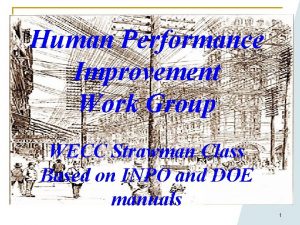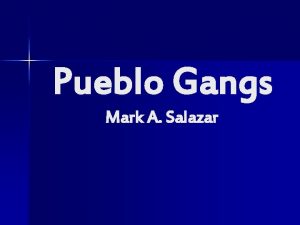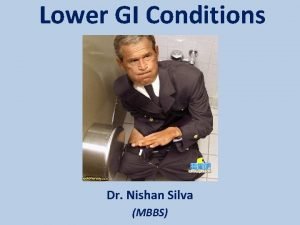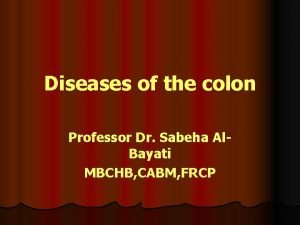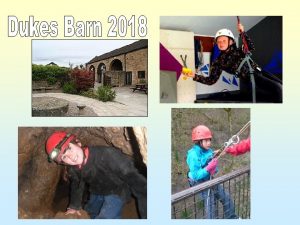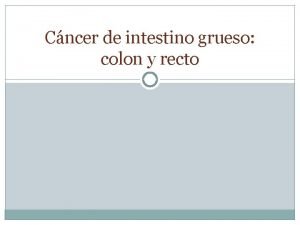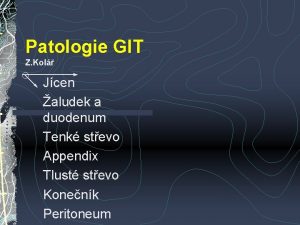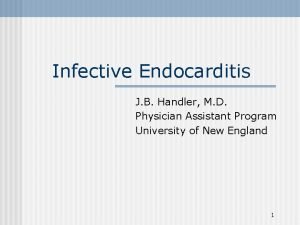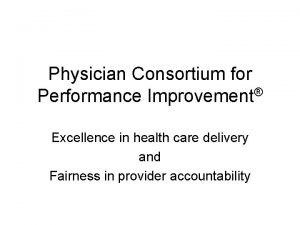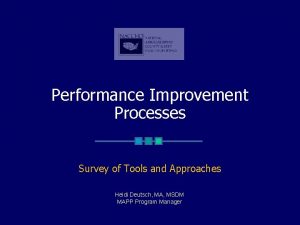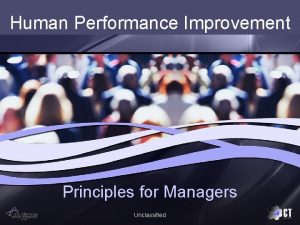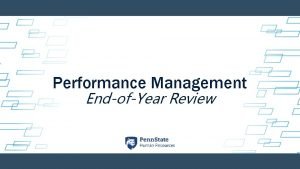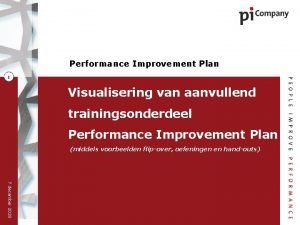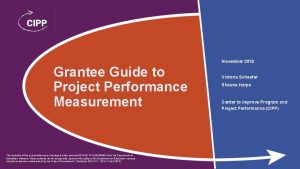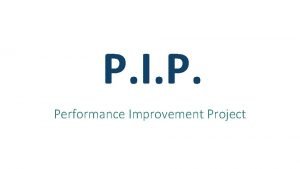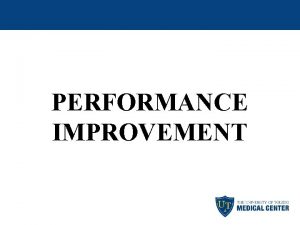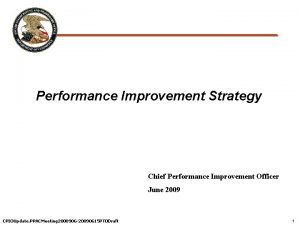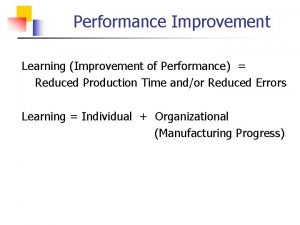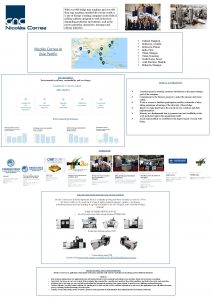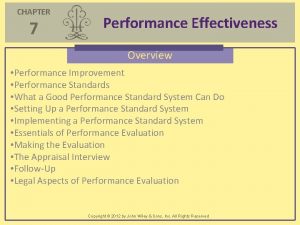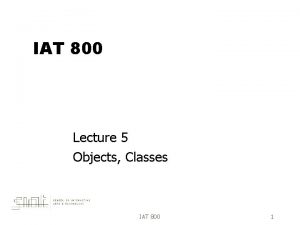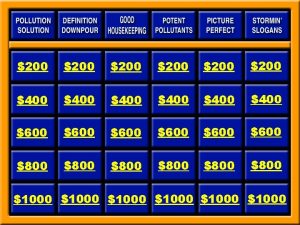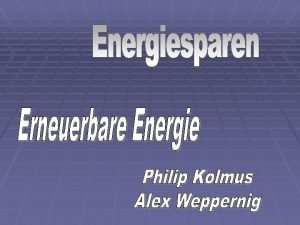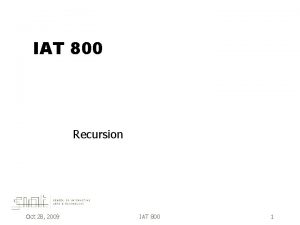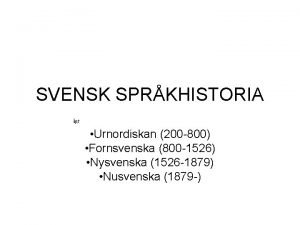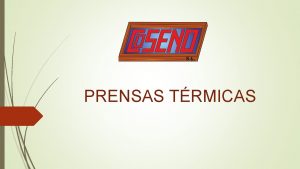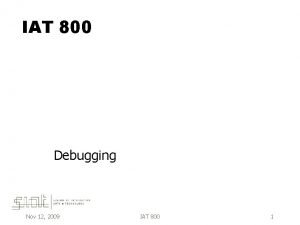Dukes Performance Improvement Tools n Over 800 tools





















- Slides: 21

Duke’s Performance Improvement Tools n Over 800 tools, aids and pieces designed to grow organizational & personal performance n To get a feel for a portion of them (~400 of them)…go out to n http: //www. himsssct. org/tools. html n http: //www. utmb. edu/AVPPlanning/Methods/dukestools. htm n http: //www. geocities. com/dukerohe/toolsindex. htm; n My primary goal is to get these in the hands of all who need them. To eliminate preventable waste. Everywhere.

Here are the category of tools n Benchmarking n Change n Cliffnotes n Communication n Culture n Grow U n Inspiration Alley n Popcorn Thoughts n Top 10 Tips by Topic n Ideas-Innovation § Knowledge Management § § § § § Process Management Project Management Solution Session Quality Reengineering Service Systems Thinking Teams Vision Visual Control

What is the definition of a tool Anything that leverages ability n The worst tool is an ingenious one that is never created nor shared. n The best tools have function over time and in various applications. n V = B x U Value = the benefit of the tool times its use

Here are examples Benchmarking Scavenger Hunt This is a 30 minute team exercise that experientially transfers the basics of conducting best practice benchmarking: RHow to qualify what is ‘best’ RHow to measure what is best RHow to discover how to interview RHow to have fun while you learn this

Change Candy Purchase Warheads: You get them at Eckerds or Wallmart In 5 minutes, a workforce can collectively, successfully understand change. Lessons learned: R Continuous communication is essential R The sweet at the end is better because of the bitter to get there R Communicating how long and how difficult the change will is helps the staff endurance

Listening Exercise test in a 5 minute session R U Willing…to listen? To honor the other person J To suspend assumptions n J To destabilize personal certainties J To listen to your own listening n J To inquire more and advocate n less J To understand both poles J To be aware of the ecology of n words J To unfold previous beliefs to n consider new ones J n n n R U Willing…to listen? L To not formulate thought while listening L To not reload while the other is speaking L To not drive toward solution or action L To not fill-in-the-blank with assumption L To not snap-back a response L To not elevate self 1 millimeter above the other n L To not require the other to be like you

Change Readiness A Quadrant Assessment n Implementation Support n Rewards and Recognition n Communication n Commitment and Strategy n Knowledge Transfer n Customer Focus n Measurement n Management Decisions Both management and staff complete the assessment to check for perception gaps

Grow U If you aren’t growing personally, it doesn’t matter if you are growing professionally. n My favorite: 300 sets of “Top 10 Popcorn Thoughts” n 40 different topics of “Top 10 Tips” n Example to the right 1. 2. 3. Listening is one of the best compliments we can pay each other. To truly listen, opinions and points to be made must be set a side. Listening is void of personal agenda. Listening looks well behind the spoken words in order to pick up what the heart is meaning.

Ideas and Innovation n The Osborn- Parnes Creative Problem Solving technique generates ideas at 3 times traditional brainstorming rates! n Alternates Between Divergent and Convergent Thinking · Objective Finding -- (divergent) list significant challenges opportunities, (convergent) then isolate the main ones. · Fact finding – what is known, and what has the greatest impact. · Problem Finding – list of problem statements, then identify the best wording of the central problem. Start statement with “How to. . ”. · Idea Finding – list of intriguing ideas, then isolation of the best · Solution Finding – possible solutions from the ideas, then select the best Acceptance Finding –the action steps needed for successful installation

Knowledge Management Some tools can question you to your answer 1. Are the “rudder” type knowledge elements critical to the organization known? Are they protected from outside competitors? n Are they shared and understood by those inside who need them? n 2. Does knowledge have an inherent value. Test - Do you feel a $$ loss if lack of or inefficient sharing occurs? 3. How would you rate the organizational trust factor concerning knowledge sharing?

Process Management Understanding Taguchi Loss

Project Management n Methodologies on n How to Run the Business and Change the Business simultaneously n Engineering Organizational Change n Reengineering n Solution Sessions (hybrid GE Work. Out) n Keys Questions looking from a successful end to create a transition plan

Error Analysis Tool Type of error (20 types) 1. Distinctions are not clear, right looks too similar from wrong. 2. Not knowing the context (know- why) of the activity. 3. Not knowing the relation between cause and effect…. Reason for error (30 reasons) ¾ No source inspection of input or incoming. ¾ Not checking/reconciling. - Not having a default contingency…

Control Charts just add data

Reengineering …how-to’s n Seeing Design Weakness – n Put on a New Set of Lenses n · Bottlenecks n · Excessive overhead n · Multiple hand-offs, sequential activities n · Recurring deviations n · Repetitive activities n · Redundant stored data n · Time consuming reconciliation n · Wide swing in performance

Blooper Book: Turning blunders into banners Case Study – What is Wrong How could we Actual Service with This prevent this Blooper Picture? from ever happening again?

Theory of Constraints 1. A system is no faster than its smallest bottleneck (constraint). 2. Every system has a constraint. 3. Any effort in improving anything other than ‘the’ constraint is wasteful to the system in that it adds no value to the overall throughput. 4. A system’s throughput is its lifeblood. And it is ultimately measured in dollars; even in service organizations. You maximize throughput, and you maximize the system’s life.

The Top 10 Reminders About Great Facilitation 1. The facilitator is king of the process; the team is king of the content. 2. It’s the team’s solution, not the facilitator’s. 3. The team owns the success or failure of the output. 4. The facilitator leaves growth deposits.

Feather-like Vision Purpose: Illustrate the value of a great vision, how it needs to be communicated and reinforced. Time: under 10 minutes Material: 3 peacock feathers (can substitute yard sticks), a sheet of paper, 3 volunteers and a room full of learners. First, put the end of the feather on your fingertip and just focus where the stem of the feather touches your finger….

Red Tagging Japanese way of getting rid of collective clutter Ask for every item in the workplace: “why this item, why this quantity, why this place” If any item really doesn’t qualify for staying, be honest now, the item should “Red Tagged” and placed in a holding area for a week or two. Before taking anything out of the holding area, you must be able to make a case for putting it back in the work area. It’s a fact of nature; clutter happens.

What tools do you have available to your staff? n The hard way is the easy way without a tool. n For a personal set of 800 tools request it drohe@pdq. net
 Star error prevention tool
Star error prevention tool 200+400+600
200+400+600 What gangs are in pueblo colorado
What gangs are in pueblo colorado Sacroilitis radiopedia
Sacroilitis radiopedia Dukes classification
Dukes classification Dukes criteria for infective endocarditis
Dukes criteria for infective endocarditis Borrman
Borrman Clasificacion de dukes cancer colon
Clasificacion de dukes cancer colon Dukes barn
Dukes barn Clasificacion de dukes cancer colon
Clasificacion de dukes cancer colon Cholascos
Cholascos Duke criteria
Duke criteria Dukes criteria
Dukes criteria Dukes criteria for infective endocarditis
Dukes criteria for infective endocarditis Performance improvement plan examples
Performance improvement plan examples Physician consortium for performance improvement
Physician consortium for performance improvement Performance improvement survey
Performance improvement survey Pip template shrm
Pip template shrm Human performance improvement principles
Human performance improvement principles Housekeeping appraisal comments
Housekeeping appraisal comments Reflector big five personality oefenen
Reflector big five personality oefenen Call center performance improvement plan template
Call center performance improvement plan template
